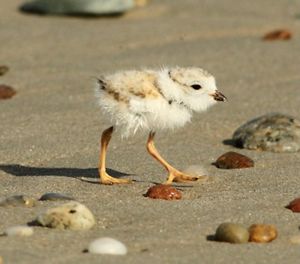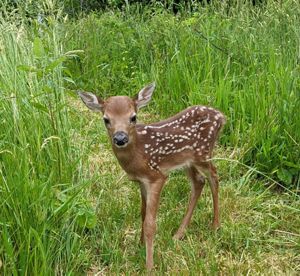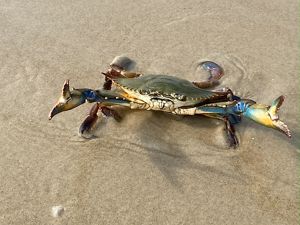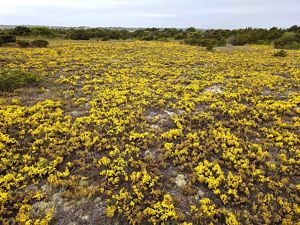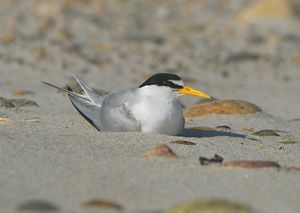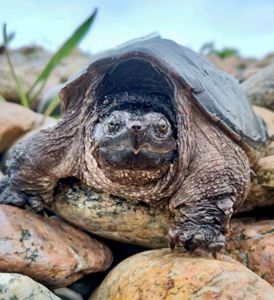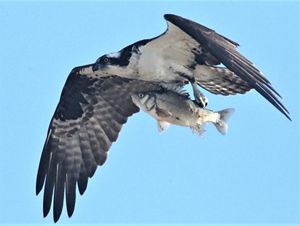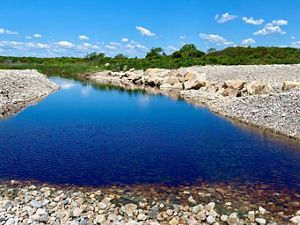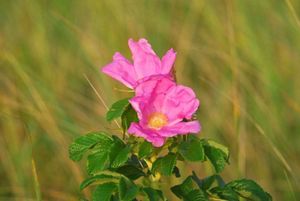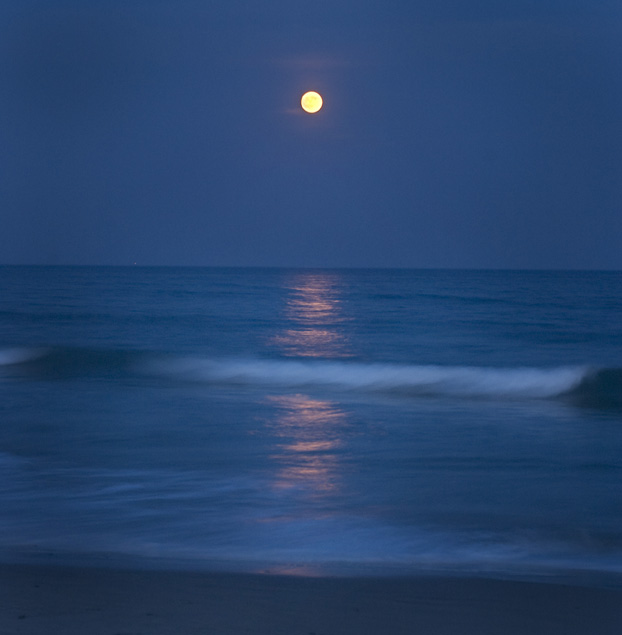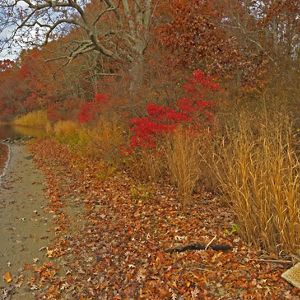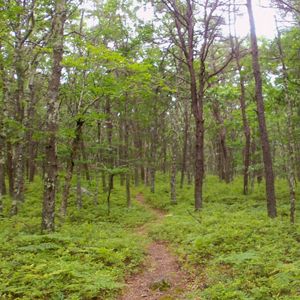Description
An unspoiled barrier beach in the southeast corner of Rhode Island, Goosewing is a vital refuge for piping plovers, least terns, herons and thousands of migrating songbirds.
The Little Compton Beach Commission hires lifeguards to manage recreational use of the beach in the summer. Visitors are invited to explore this spectacular, mile-long nature preserve year-round by walking on from South Shore Beach.
The South Shore parking fee for non-residents is $20/day on weekdays and $25/day on weekends and holidays. The fee is charged daily from 8:00 am until 4:00 pm, from approximately Memorial Day until Labor Day.
Dogs are prohibited from April 1 to September 1. Please do not enter shorebird nesting areas, marked by signs and rope lines.

